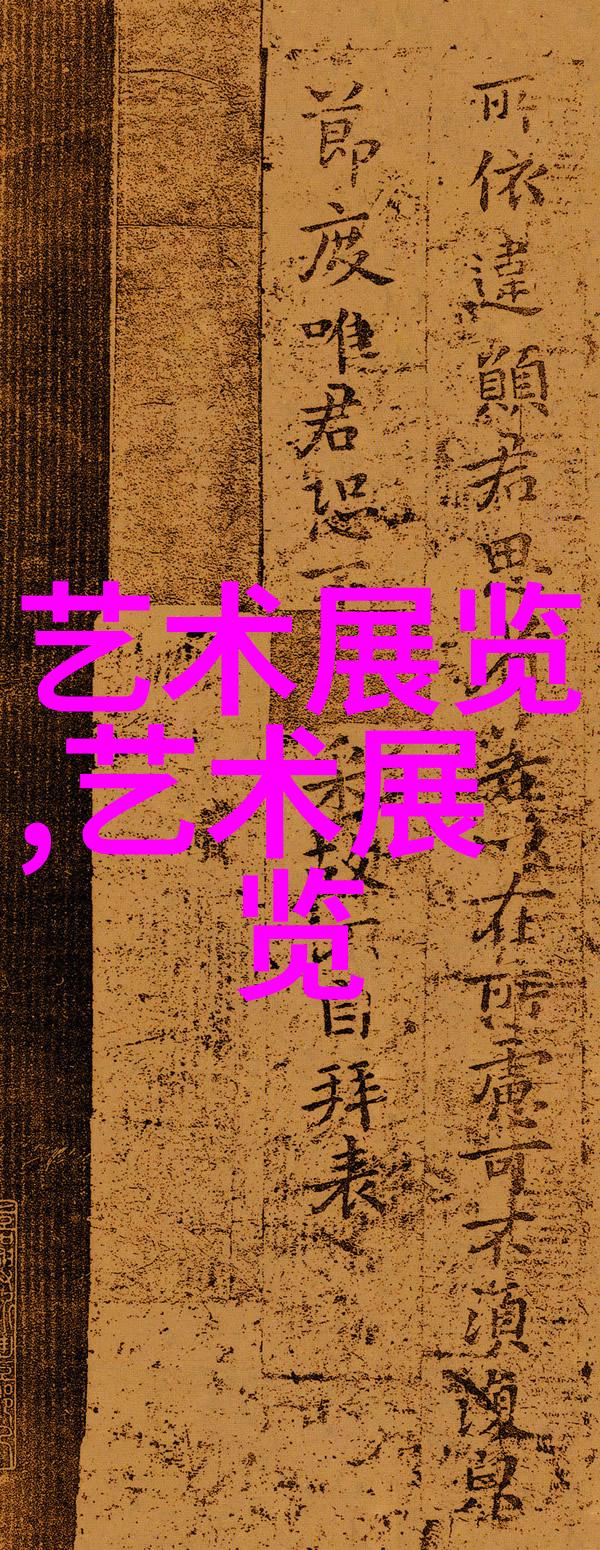上添B下添探索文化中的对称美学
在设计和艺术领域,一个上添B一个下添的概念是一个古老而普遍的美学原则,它体现在对称性和平衡性的追求。这种对称不仅仅是视觉上的平衡,更是文化、哲学甚至生活方式的一部分。

首先,这种观念可以从建筑中找到。历史上的许多城市都有着严格的对称规划,比如巴黎的凯旋门或伦敦的大理石圆顶等。这些建筑不仅展示了人工智慧与技术之高超,而且反映了当时社会秩序与统治者的权威。在现代建筑中,虽然这种对称可能已经不再那么严格,但它仍然影响着城市规划和建筑设计,使得人们感受到一种稳定与秩序。
其次,在园林设计中,上添B一个下添同样重要。传统中国园林常常采用“山水相依”、“树木交错”的布局来营造出自然风光,而西方园林则倾向于使用轴线、对角线和镜面湖泊来创造一系列精心构思的视觉焦点,无论是在哪种文化背景下,都能看到这个概念在美学中的应用。

再者,在服饰设计中,上添B一个下添也是非常明显的一点。无论是传统服饰还是现代流行,每个元素都会尽量保持一定程度的对称,以达到整洁、优雅或者强调某些特定的装饰效果。而且,这种考虑也体现在时尚界中的季节变化,每个季节都有自己的主题色彩,并通过上添B一个下添来塑造不同风格的手法。
此外,在文学创作中,上添B一个下addin poem or story often use symmetry to create a sense of balance and harmony. For example, in Chinese poetry, the concept of "yuan" () refers to the symmetrical arrangement of lines and phrases on both sides of a central line. This technique not only enhances the aesthetic appeal but also conveys deeper meanings.

Besides, in music composition, composers often use symmetry as an important element in their works. A famous example is Bach's fugues where he employs strict symmetrical structures to create intricate melodies and harmonies.
Finally, even in our daily life, we unconsciously apply this principle when arranging objects or space around us. We tend to place items symmetrically on tables or shelves for visual pleasure and psychological comfort.

In conclusion, from ancient architecture to modern fashion design from traditional garden layout to contemporary literature writing from historical musical compositions to our everyday lives – the concept of “one above adds B one below adds” has been an enduring theme throughout human history reflecting our desire for order beauty and harmony.